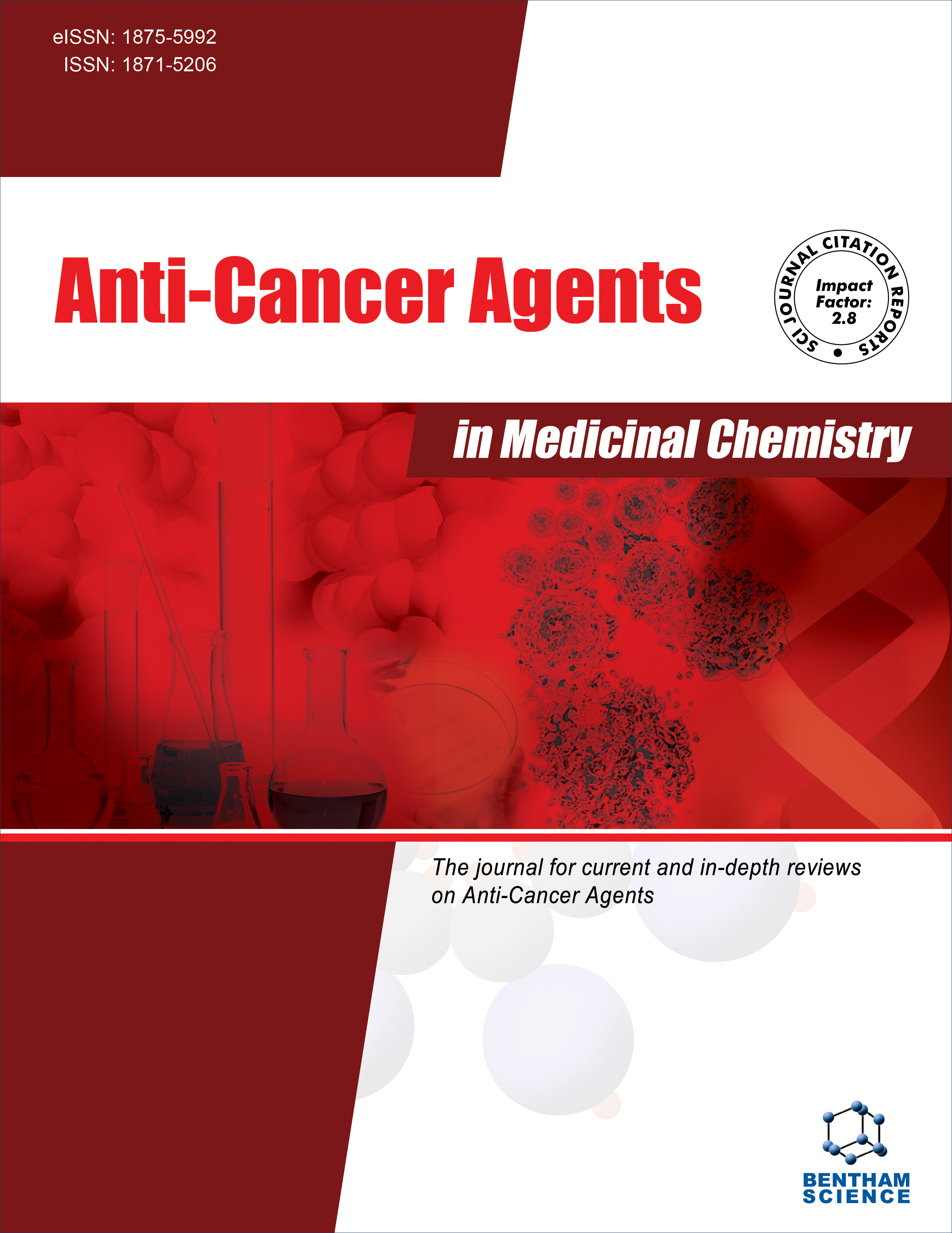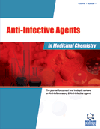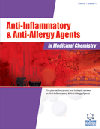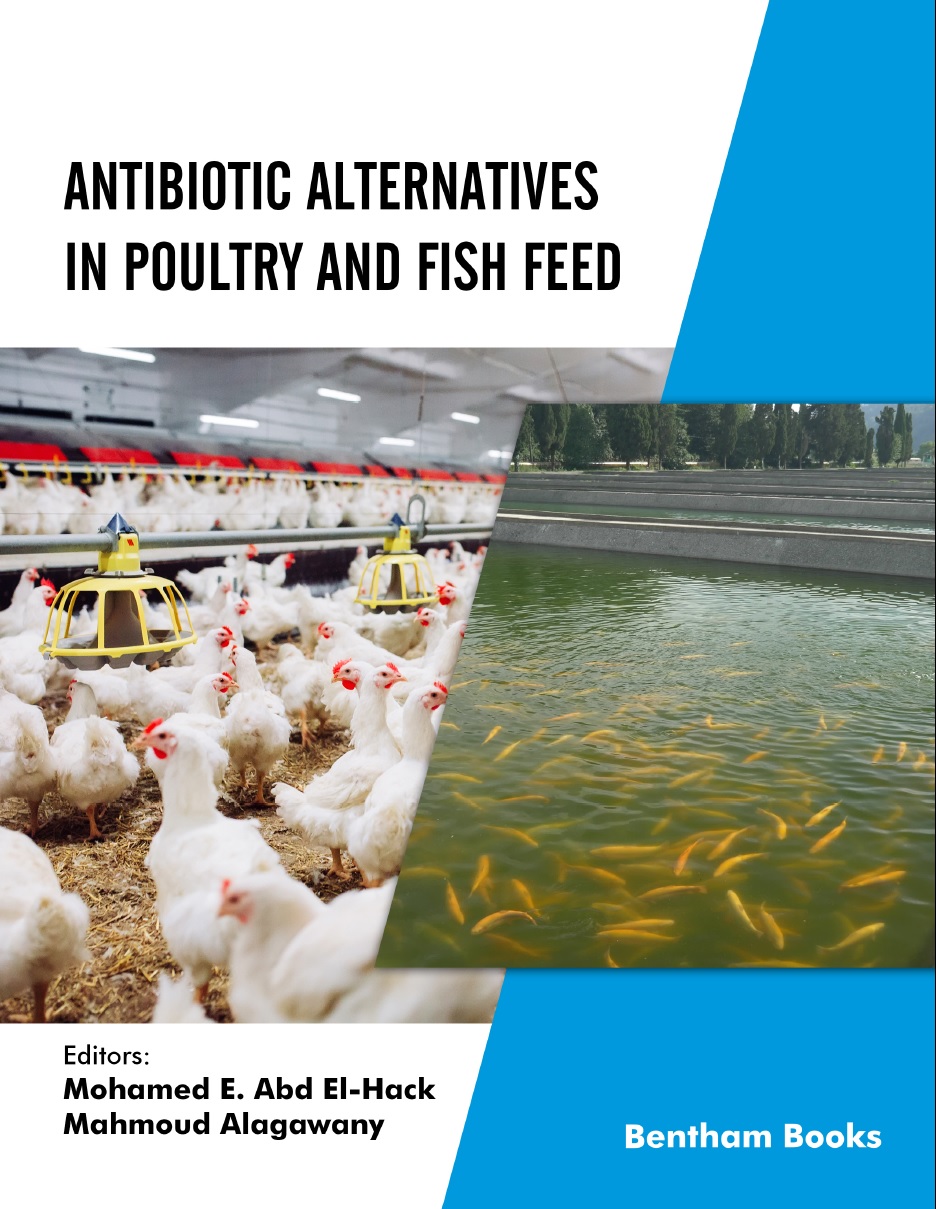- Home
- Publishers
- Bentham Science Publishers
Bentham Science Publishers
Bentham Science Publishers is a major publisher of more than 100 peer-reviewed science, technology and medical (STM) journals, along with a rapidly growing collection of eBooks. Since 1993, Bentham Science Publishers has been catering to the information needs of the pharmaceutical, engineering, biomedical and medical research community.1648
results
141 - 160 of 1648 results
-
-
Anthrax: History, Biology, Global Distribution, Clinical Aspects, Immunology, and Molecular Biology
More LessFollowing the post 9/11 distribution of anthrax spores through the U.S. mail, and the resulting deaths of five individuals - primarily due to initial misdiagnosis - there has been a renewed interest in anthrax among clinicians and intelligence agencies, particularly as a biological warfare agent. This monograph brings forth essential knowledge about anthrax. Included in this volume, are, the early history, non-natural outbreaks of Read More
-
-
-
Anti-Angiogenesis Drug Discovery and Development: Volume 1
More LessThe inhibition of angiogenesis is an effective mechanism of slowing down tumor growth and malignancies. The process of induction or pro-angiogenesis is highly desirable for the treatment of cardiovascular diseases, wound healing disorders, etc. Efforts to understand the molecular basis, both for inhibition and induction, have yielded fascinating results.Anti-angiogenesis Drug Discovery and Development provides an Read More
-
-
-
Anti-Angiogenesis Drug Discovery and Development: Volume 2
More LessThe inhibition of angiogenesis is an effective mechanism of slowing down tumor growth and malignancies. The process of induction or pro-angiogenesis is highly desirable for the treatment of cardiovascular diseases, wound healing disorders, etc. Efforts to understand the molecular basis, both for inhibition and induction, have yielded fascinating results.Anti-angiogenesis Drug Discovery and Development provides is a Read More
-
-
-
Anti-Angiogenesis Drug Discovery and Development: Volume 3
More LessThe inhibition of angiogenesis is an effective mechanism of slowing down tumor growth and malignancies. The process of induction or pro-angiogenesis is highly desirable for the treatment of cardiovascular diseases, wound healing disorders, etc. Efforts to understand the molecular basis, both for inhibition and induction, have yielded fascinating results.Anti-angiogenesis Drug Discovery and Development provides an Read More
-
-
-
Anti-Angiogenesis Drug Discovery and Development: Volume 4
More LessThe inhibition of angiogenesis is an effective mechanism of slowing down tumor growth and malignancies. The process of induction or pro-angiogenesis is highly desirable for the treatment of cardiovascular diseases, wound healing disorders, etc. Efforts to understand the molecular basis, both for inhibition and induction, have yielded fascinating results.Anti-angiogenesis Drug Discovery and Development provides an Read More
-
-
-
Anti-Angiogenesis Drug Discovery and Development: Volume 5
More LessThe inhibition of angiogenesis is an effective mechanism of slowing down tumor growth and malignancies. The process of induction or pro-angiogenesis is highly desirable for the treatment of cardiovascular diseases, and wound healing disorders. Efforts to understand the molecular basis, both for inhibition and induction, have yielded fascinating results.Anti-angiogenesis Drug Discovery and Development provides an Read More
-
-
-
Anti-Cancer Agents in Medicinal Chemistry (Formerly Current Medicinal Chemistry - Anti-Cancer Agents)
More LessAnti-Cancer Agents in Medicinal Chemistry aims to cover all the latest and outstanding developments in medicinal chemistry and rational drug design for the discovery of anti-cancer agents. Each issue contains a series of timely in-depth/mini-reviews and guest-edited issues written by leaders in the field covering a range of current topics in oncology and medicinal chemistry. The journal considers high-quality reviews an Read More
-
-
-
Anti-Infective Agents
More LessAnti-Infective Agents publishes original research articles, full-length/mini reviews, drug clinical trial studies and guest edited issues on all the latest and outstanding developments on the medicinal chemistry, biology, pharmacology and use of anti-infective and anti-parasitic agents. The scope of the journal covers all pre-clinical and clinical research on antimicrobials, antibacterials, antiviral, antifungal, and antiparasitic agents.Anti Read More
-
-
-
Anti-Infective Agents in Medicinal Chemistry (Formerly Current Medicinal Chemistry - Anti-Infective Agents)
More LessAnti-Infective Agents in Medicinal Chemistry aims to cover all the latest and outstanding developments in medicinal chemistry and rational drug design for the discovery of new anti-infective agents.Each issue contains a series of timely in-depth reviews written by leaders in the field covering a range of current topics in anti-infective medicinal chemistry.Anti-Infective Agents in Medicinal Chemistry is an essential journal for ever Read More
-
-
-
Anti-Inflammatory & Anti-Allergy Agents in Medicinal Chemistry (Formerly Current Medicinal Chemistry - Anti-Inflammatory and Anti-Allergy Agents)
More LessAnti-Inflammatory & Anti-Allergy Agents in Medicinal Chemistry aims to cover all the latest and outstanding developments in medicinal chemistry and rational drug design for the discovery of new Anti-Inflammatory & Anti-Allergy Agents.Each issue contains a series of timely in-depth reviews written by leaders in the field covering a range of current topics in Anti-Inflammatory & Anti-Allergy Medicinal Chemistry.Anti-Inflammat Read More
-
-
-
Anti-Obesity Drug Discovery and Development: Volume 1
More LessObesity is a complex health problem, caused by a number of factors such as excessive food intake, lack of physical activity, genetic predisposition, endocrine disorders, medications and psychiatric illnesses. Onset of obesity in both the developing and the developed world has reached epidemic proportions. In response to this, efforts to control and treat obesity have also been vigorously pursued, ranging from raising awareness Read More
-
-
-
Anti-Obesity Drug Discovery and Development: Volume 2
More LessObesity is a complex health problem, caused by a number of factors such as excessive food intake, lack of physical activity, genetic predisposition, endocrine disorders, medications and psychiatric illnesses. Onset of obesity in both the developing and the developed world has reached epidemic proportions. In response to this, efforts to control and treat obesity have also been vigorously pursued, ranging from raising awareness Read More
-
-
-
Anti-Obesity Drug Discovery and Development: Volume 3
More LessObesity is a complex health problem, caused by a number of factors such as excessive food intake, lack of physical activity, genetic predisposition, endocrine disorders, medications and psychiatric illnesses. Onset of obesity in both the developing and the developed world has reached epidemic proportions. In response to this, efforts to control and treat obesity have also been vigorously pursued, ranging from raising awareness Read More
-
-
-
Anti-Obesity Drug Discovery and Development: Volume 4
More LessObesity is a complex health problem, caused by a number of factors such as excessive food intake, lack of physical activity, genetic predisposition, endocrine disorders, medications and psychiatric illnesses. The incidence of obesity among populations in both the developing and the developed world has reached epidemic proportions. In response to this, efforts to control and treat obesity have also been vigorously pursued, ran Read More
-
-
-
Anti-Obesity Drug Discovery and Development: Volume 5
More LessObesity is a complex health problem, caused by a number of factors such as excessive food intake, lack of physical activity, genetic predisposition, endocrine disorders, medications and psychiatric illnesses. The incidence of obesity among populations in both the developing and the developed world has reached epidemic proportions. In response to this, efforts to control and treat obesity have also been vigorously pursued, ran Read More
-
-
-
Anti-infective Research and Development: Updates on Infection Mechanisms and Treatments
Frontiers in Anti-infective Agents: Volume 2
More LessThis volume of Frontiers in Anti-Infective Agents provides updates on the most recent studies about anti-infective agents, their mechanism of action, the relevant molecular targets and their implication in the development of novel antibiotics that have properties similar to their corresponding compounds of natural origin. The initial chapter covers the mode of action of natural antimycobacterial compounds such Read More
-
-
-
Antibiotic Alternatives in Poultry and Fish Feed
More LessThis handbook focuses on the use of antibiotic alternatives in poultry and fish feed. Chapters in the book cover a range of natural ingredients in feed and the impacts of these natural feed additives on growth, production, reproduction and health status of poultry and fish. All chapters give a holistic approach to how organic feed additives (herbal plants and their extracts, probiotics, peptides, etc.) can positively impact animal Read More
-
-
-
Antibodies Applications and New Developments
More LessAntibodies Applications and New Developments is an overview of the current developments of techniques and methods relating to immunodiagnostics and immunoanalysis. This eBook also deals with specialties in the fields of drug, pesticide, antigen and food contaminant detection. The volume is useful for professional immunologists and biotechnologists interested in antibody research and development.
-
-
-
Anticancer Drugs Sourced from Marine Life
Medicinal Chemistry and Marine Life: Volume 1
More LessThis inter-disciplinary volume provides information on anticancer medicines derived from marine organisms. Eight edited reviews extensively list the variety of organisms including marine plants, sponges, cnidarians and fish. Emphasis is placed on the source of the compounds, their structure and mechanism of action. Anticancer peptides from sponges are covered in a dedicated chapter. The specific biology and ecology of m Read More
-
-
-
Anticancer Immunity: Reviewing the Potential of Probiotics
Frontiers in Cancer Immunology: Volume 4
More LessProbiotics have been suggested to be involved in both prevention and treatment of various human cancers. Anticancer Immunity: Reviewing the Potential of Probiotics explains biochemical mechanisms of anticancer immunity exerted by probiotics in various human cancers. It presents edited chapters focused on the evidence of probiotic use against human cancers through several animal and human studies. This volume consi Read More
-




















